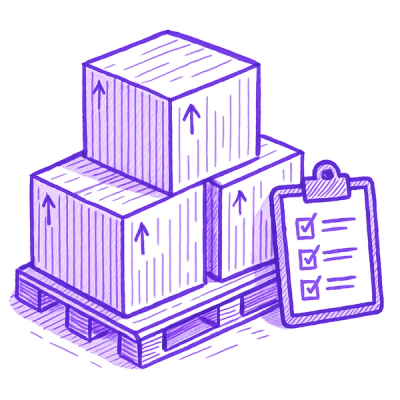
Security News
Open Source Maintainers Feeling the Weight of the EU’s Cyber Resilience Act
The EU Cyber Resilience Act is prompting compliance requests that open source maintainers may not be obligated or equipped to handle.
contentlayer2
Advanced tools
 Contentlayer
Contentlayer Contentlayer is a content SDK that validates and transforms your content into type-safe JSON data you can easily import into your application's pages.
⚠️ This is a maintained Contentlayer fork. No major breaking changes are expected while discussions are on-going about the project's future.
🚚 For some tips on migrating from the official Contentlayer packages, see the migration guide below.
The video above is a brief look at Contentlayer. Explore further with our example projects, which you can clone to try out locally or in via Gitpod or Stackblitz in your browser.
In many cases, migrating to the contentlayer2 fork from the official packages may be as simple as switching to the forked packages. However, you may encounter a few issues, so this guide will walk you through the process and address those.
Since contentlayer2 doesn't have any breaking API changes, hopefully this is all you need to do. 🤞🏻
Replace any Contentlayer packages in your package.json with the corresponding fork package and new version
- "contentlayer": "^0.3.3",
+ "contentlayer2": "^0.4.6",
- "next-contentlayer": "^0.3.3",
+ "next-contentlayer2": "^0.4.6",
Update any existing imports to the fork packages
contentlayer.config.ts
-import { defineDocumentType, makeSource } from 'contentlayer/source-files';
+import { defineDocumentType, makeSource } from 'contentlayer2/source-files';
next.config.js
-const { withContentlayer } = require('next-contentlayer');
+const { withContentlayer } = require('next-contentlayer2');
Update any package scripts to reference the new contentlayer2 executable
package.json
{
"scripts": {
- "build:content": "contentlayer build",
+ "build:content": "contentlayer2 build",
}
}
Run a contentlayer2 build and start your Next.js application. If you don't see any errors, you're likely good to go! 🥳
Otherwise, see below for common compatibility issues. ❤️🩹
While contentlayer2 is API compatible with contentlayer, it has been updated to use the latest (v11+) Unified toolchain. If your configuration includes Remark or Rehype plugins, you'll likely need to upgrade them.
remarkPlugins to rehypePlugins in your Contentlayer configurationThe ts-pattern dependency has been updated to the latest version in contentlayer2. This version of ts-pattern requires TypeScript 5+. Unfortunately, it seems the ts-pattern definition files cause compilation errors on older versions of TypeScript, even when skipLibCheck is set to true in your tsconfig.json.
If you can't or don't want to upgrade to TypeScript 5+ yet, you can use your package manager to force ts-pattern 4.3.0 to be installed instead.
overrides fieldoverrides fieldresolutions fieldFollow the tutorial to get started building your own project. Or explore the full documentation. Follow the tutorial to get started building your own project. Or explore the full documentation.
See our docs for more information on our roadmap.
Join our Discord community to get help, suggest new features, and stay up to date on all things Contentlayer.
Are you using Contentlayer? Please add your page (and repo) to the end of the list via a PR. 🙏
FAQs
Unknown package
The npm package contentlayer2 receives a total of 10,222 weekly downloads. As such, contentlayer2 popularity was classified as popular.
We found that contentlayer2 demonstrated a healthy version release cadence and project activity because the last version was released less than a year ago. It has 1 open source maintainer collaborating on the project.
Did you know?

Socket for GitHub automatically highlights issues in each pull request and monitors the health of all your open source dependencies. Discover the contents of your packages and block harmful activity before you install or update your dependencies.

Security News
The EU Cyber Resilience Act is prompting compliance requests that open source maintainers may not be obligated or equipped to handle.

Security News
Crates.io adds Trusted Publishing support, enabling secure GitHub Actions-based crate releases without long-lived API tokens.

Research
/Security News
Undocumented protestware found in 28 npm packages disrupts UI for Russian-language users visiting Russian and Belarusian domains.